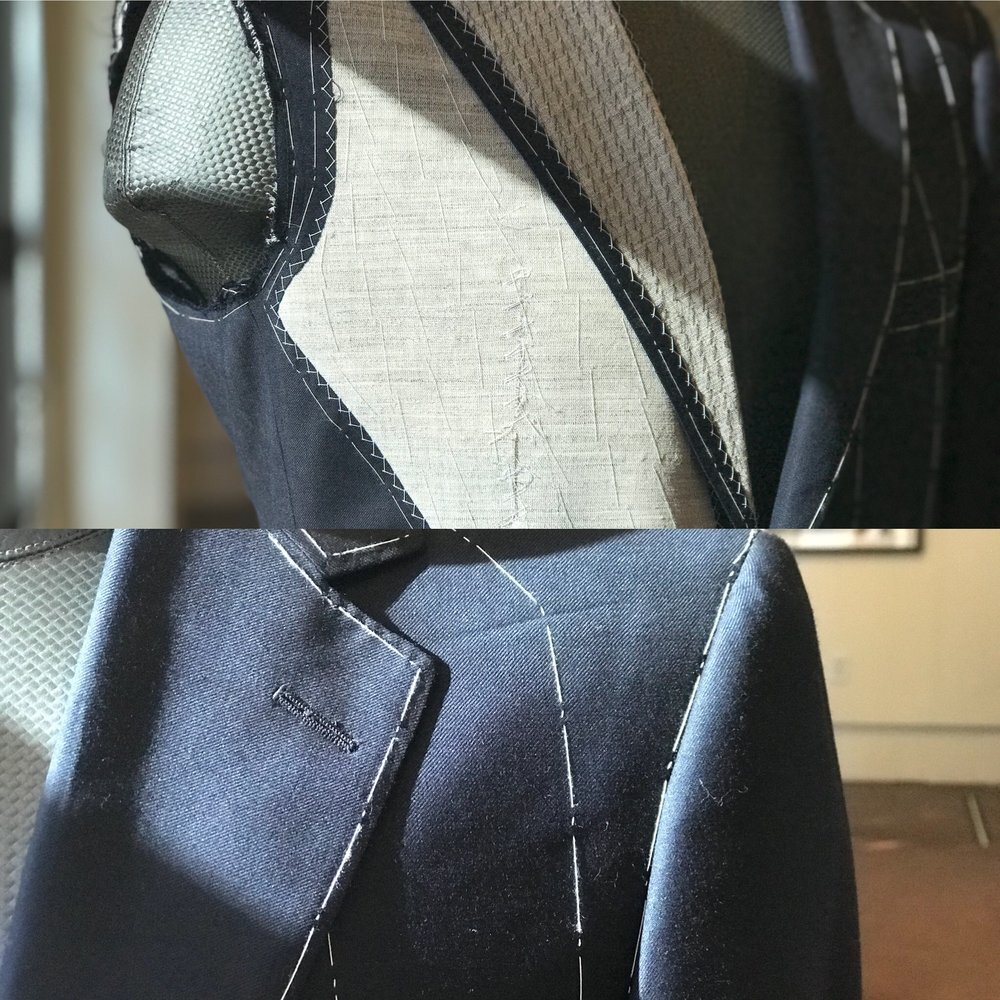Tailor Perth: Experience the Finest Custom Tailoring in Perth
Tailor Perth: Experience the Finest Custom Tailoring in Perth
Blog Article
Understanding the Tailoring Process: From Material Option to Final Suitable for the Ideal Closet
The tailoring procedure is a complex interaction of art and scientific research, beginning with the crucial decision of textile choice and finishing in the accurate changes of final installations. Each textile type brings one-of-a-kind qualities that affect not just the visual appeal yet likewise the garment's long life and viability for numerous events. Recognizing the nuances of tailoring strategies can elevate one's wardrobe to extraordinary levels of elegance. As we discover these elements even more, one have to consider exactly how also the tiniest details can considerably influence the total outcome of one's personal design.
Value of Textile Option
Picking the appropriate fabric is essential in the tailoring process, as it directly influences the comfort, sturdiness, and general visual of the final garment. The choice of material sets the foundation for the garment's performance, functionality, and style. Various textiles possess distinct properties, such as breathability, stretch, and weight, which can substantially affect just how the garment drapes and fits the body.

A customized item made from an appropriate fabric not only showcases workmanship but likewise raises the user's self-confidence. Subsequently, understanding the nuances of material option is paramount for any type of customizing undertaking. It ensures that the end product not just fulfills the visual wishes of the client but also straightens with functional demands, consequently accomplishing a harmonious balance in between kind and feature in the customized closet.
Types of Fabrics and Their Uses
Understanding the various kinds of textiles offered is important for making informed choices throughout the customizing procedure. Each textile has distinct qualities that dictate its viability for certain garments and events.
Cotton, understood for its breathability and softness, is ideal for informal wear and summertime garments. Its adaptability enables it to be tailored into everything from t shirts to gowns. Wool, on the various other hand, is preferred for its warmth and framework, making it an exceptional choice for official fits and outerwear. Its natural elasticity helps garments preserve form gradually.
Silk exhibits luxury and is light-weight, making it best for eveningwear and delicate blouses; nonetheless, it needs careful handling due to its delicacy. Linen, with its textured coating, is a prominent choice for cozy climates, providing a crisp and ventilated feel, yet it wrinkles quickly, which may influence the garment's appearance.
Synthetic textiles, such as polyester and nylon, offer longevity and resistance to wrinkles, a fantastic read making them ideal for everyday wear and active apparel. Comprehending these textile types and their homes permits much better decision-making, making certain that each tailored piece not just fits well however additionally aligns with the designated objective and occasion.
The Tailoring Methods Described
The art of customizing depends on a range of techniques that transform textile into well-fitted garments. Central to this process is pattern preparing, where a dressmaker creates design templates based upon the customer's dimensions and desired style. This preliminary step makes sure that the garment will certainly fit the wearer appropriately prior to any reducing takes place.
Once patterns are developed, reducing strategies enter into play. Accuracy is critical as errors can lead to misfitting garments. Tailors commonly make use of numerous cutting methods, such as single-layer cutting for intricate designs and multiple-layer reducing for efficiency on conventional patterns.
Basting is an additional essential method, enabling tailors to temporarily stitch material items together for a preliminary fitting (tailor suits perth). This method provides the opportunity to evaluate the drape and overall silhouette before final stitching
Seaming methods, including flat-felled seams and French seams, boost the garment's longevity and visual appeal. Tailors additionally use techniques such as interfacing and padding to provide framework and form to certain locations, like collars and shoulders.
Last but not least, ending up strategies, including hemming and edge ending up, make certain the garment's durability while offering a polished appearance. With each other, these techniques form the foundation of reliable customizing, causing charming, custom-fit apparel.

Suitable Modifications and Factors To Consider
After the preliminary customizing strategies have been used and the garment is constructed, fitting adjustments become critical to accomplishing the ideal fit. These modifications attend to various facets of the garment, ensuring it contours to the user's physique and enhances general appearance.

The rise of trousers is an additional vital aspect; it ought to sit comfortably above the hips without creating pain, enabling simplicity of movement. Hemming sizes for both trousers and skirts must show the wearer's recommended design while appreciating percentages.
In addition, attention ought to be provided to the rear of the garment, making certain that there are no unpleasant pulls or excess material - custom suits perth. Each change must be carefully considered, as also small alterations can significantly influence the general fit and aesthetic of the the original source customized piece, inevitably causing a wardrobe that exudes self-confidence and sophistication
Keeping Your Tailored Clothing
Always adhere to the care tag instructions, which may advise dry cleansing for fragile materials or equipment washing for even more sturdy materials. Stay clear of frequent laundering, as this can wear down the material and modify the garment's form.
Storage is similarly important; use padded hangers for jackets and layers to keep shoulder structure, and store trousers folded up nicely or hung to avoid creasing. Safeguard garments from straight sunshine, which can discolor shades and damage fibers.
Additionally, routine evaluations for small repair work can protect against larger issues. Look for loose buttons, tearing joints, or indicators of moth damages, attending to these problems quickly to keep the garment's stability.
Last but not least, take into consideration seasonal rotation. Using customized pieces in small amounts enables materials to recover, extending their life-span. By carrying out these upkeep methods, you can make certain that your customized garments continue to be as excellent as the day you initially wore them, boosting your ideal wardrobe for many years to find.
Conclusion
The tailoring process, encompassing material selection, knowledgeable strategies, and exact suitable changes, plays a critical duty in creating garments that boost both comfort and design. Comprehending the importance of maintenance expands the life of customized garments, solidifying their value in a well-curated closet.
Report this page